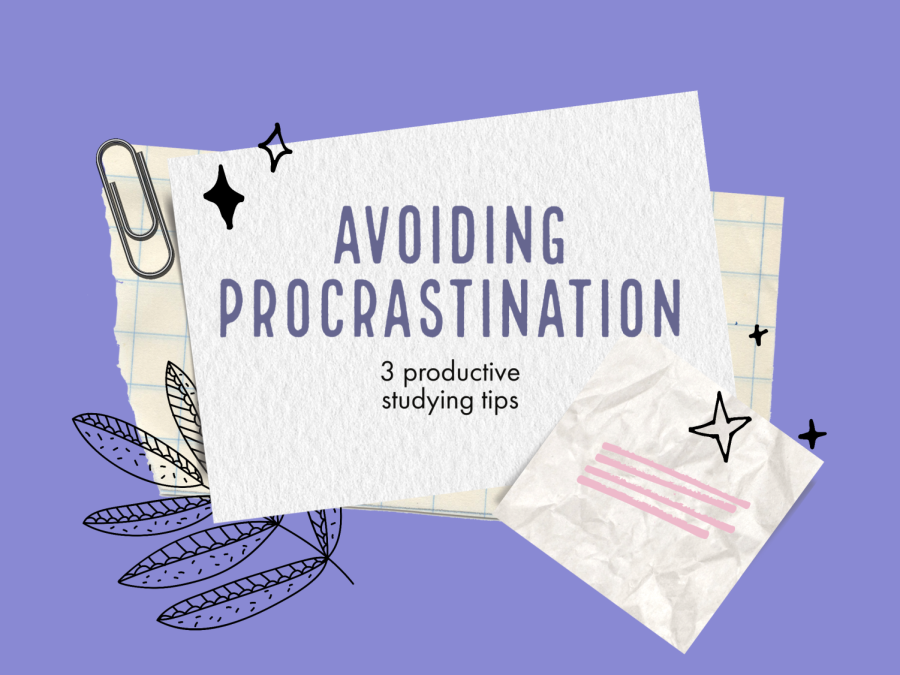Three Time Management Techniques To Stop Procrastination
Imagine that you’re a hard-working student trying to manage your Honors and AP coursework. When you come home, you tell yourself, “It’s a new quarter! Halfway done! Time to get on top of things!” But then you think about your quiz on Wednesday, test on Friday, project you haven’t started due Thursday, and homework due tomorrow. Overwhelmed, you give up and go watch You on Netflix before panicking and turning your work in at 11:59 pm. Sounds familiar?
With quarter two starting up, students have begun to realize they’re falling down the slippery slope of procrastination. Don’t give up already– it’s not too late! With these five time management strategies, even the most overwhelmed student can find a way to get back on track.
The Pomodoro Technique:
Perhaps the best-known time management style on this list, the Pomodoro Technique works for countless students. If you get easily distracted and end up burnt out, then this is the method for you. Created by Francesco Cirello, the timer-based system relies on increments of work to keep you focused.
To use this technique, set a timer for 25 minutes and work. When the timer goes off, enjoy a five-minute break to refresh before resetting the clock for another round. Once you’ve done four sessions of this, take note of what you’ve completed and have a 15-30 minute break. This way, you can focus on the tasks at hand without overwhelming yourself and burning out in the hours you spend trying to make up for lost time.
The Flowtime Method:
While the Pomodoro technique might help some students, others could find themselves focusing on the timer instead of actually working. With the Flowtime Method, you get control of the time you spend studying.
To use this method, set a stopwatch when you start working and keep up that work until you start getting distracted. When that starts, end your stopwatch and check how much time you’ve spent. Spend a third of that time on a break. For example, if you worked for 15 minutes, take a five-minute break. Thirty minutes, and you get ten minutes off. If you spend an hour at work, do twenty resting. This way, you control your timetable.
The Do It Tomorrow Method
The name may sound counterintuitive, but the Do It Tomorrow method is a solid way to avoid procrastination. Mark Forester coined the technique in his book, Do It Tomorrow and Other Secrets of Time Management.
Forester understands that only a certain amount of work can be done in a day. He encourages people to create a list and divide it between current and late work. Then, place the late work is out of sight and finish all that time-sensitive work in one day. Do this by splitting it into batches on your list based on the class or assignment type. When that current work is done, spend a set amount of time clearing up that old work depending on its due dates. Don’t worry about finishing all of it–at the end of the day, create a new list and start it with one task you want to do tomorrow. By committing in little ways and planning ahead, you’ll be able to account for distractions and procrastination without falling behind.
Of course, these studying strategies may not work for everyone. However, some methods out there will suit your needs. Whether you choose to “Eat the Frog” or try a “Zen-to-Done” approach, you can manage your time. Check this list for more ideas!

Daneen is a senior writing for her fourth year on The Gators Eye. When she’s not in class, she’s binging old Disney movies, reading comic books, or...












